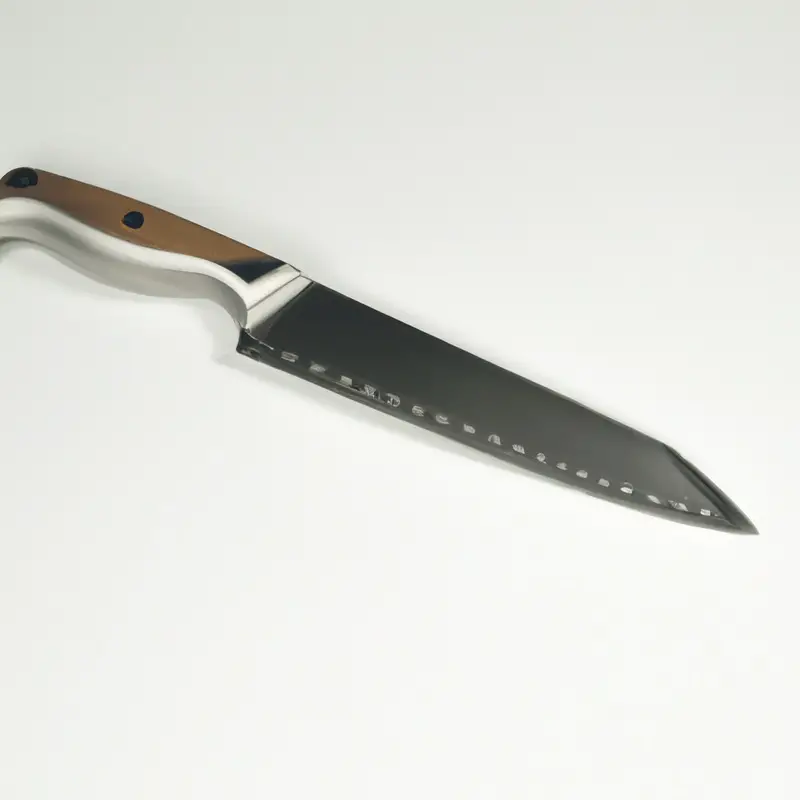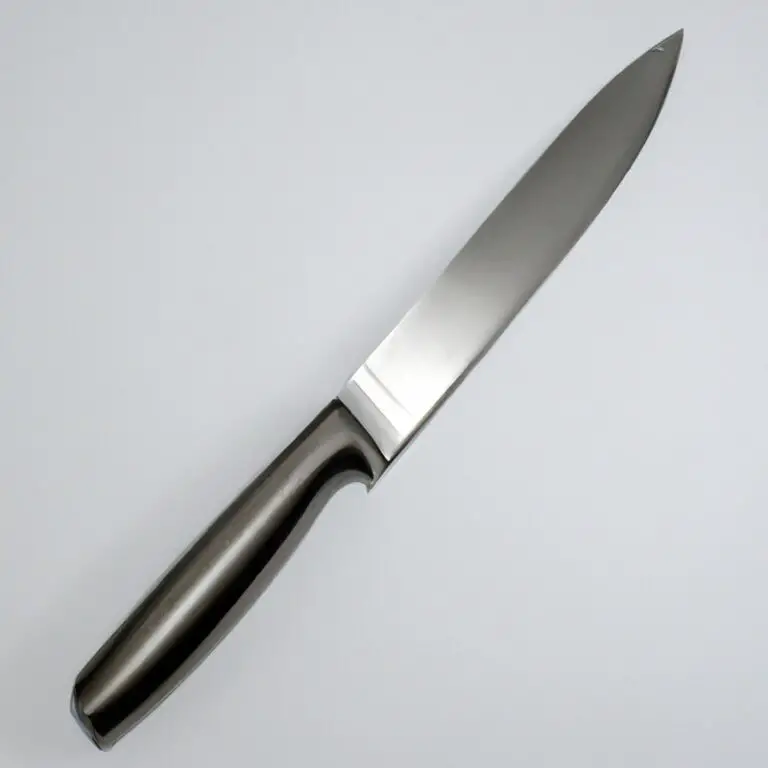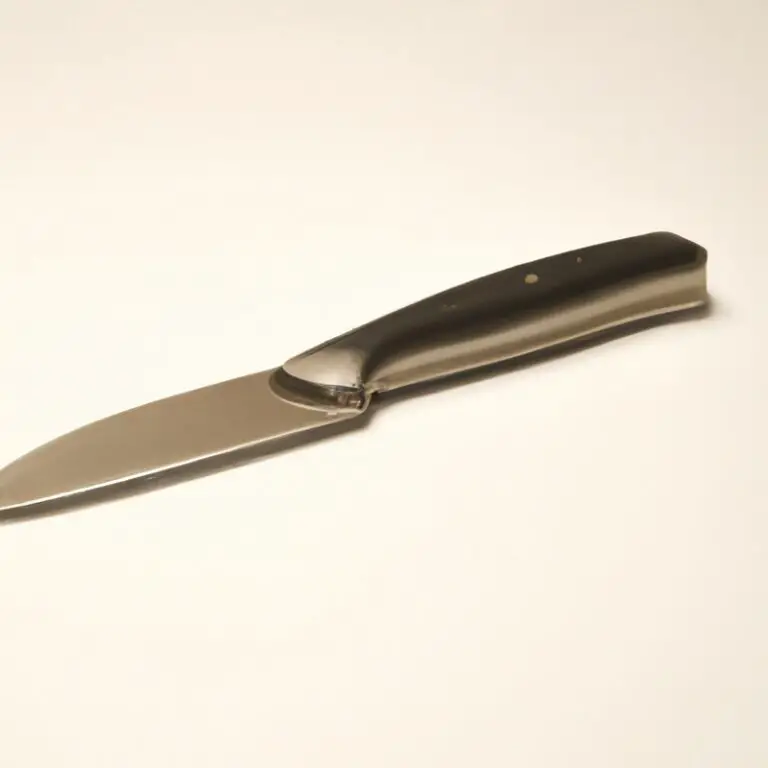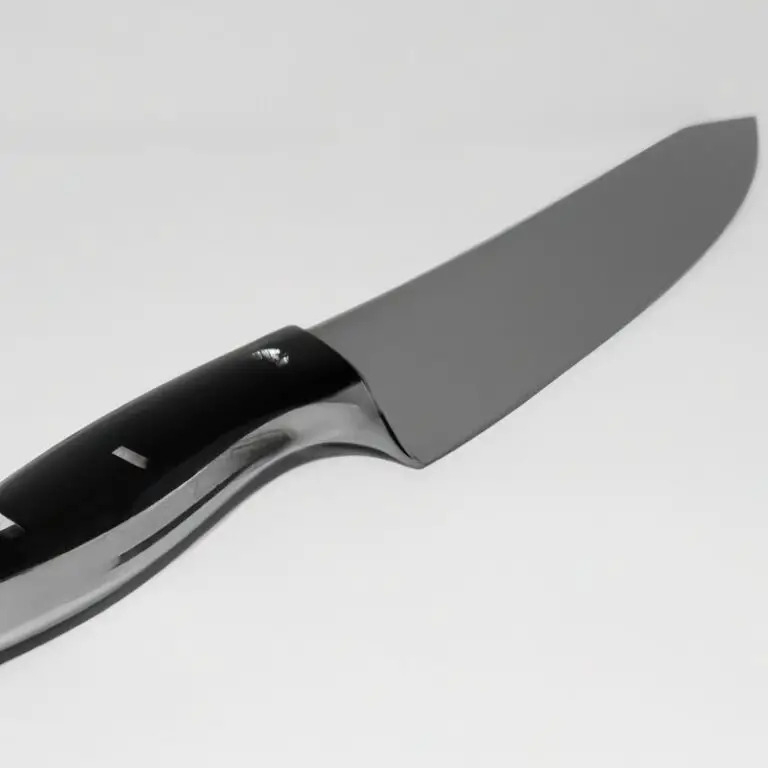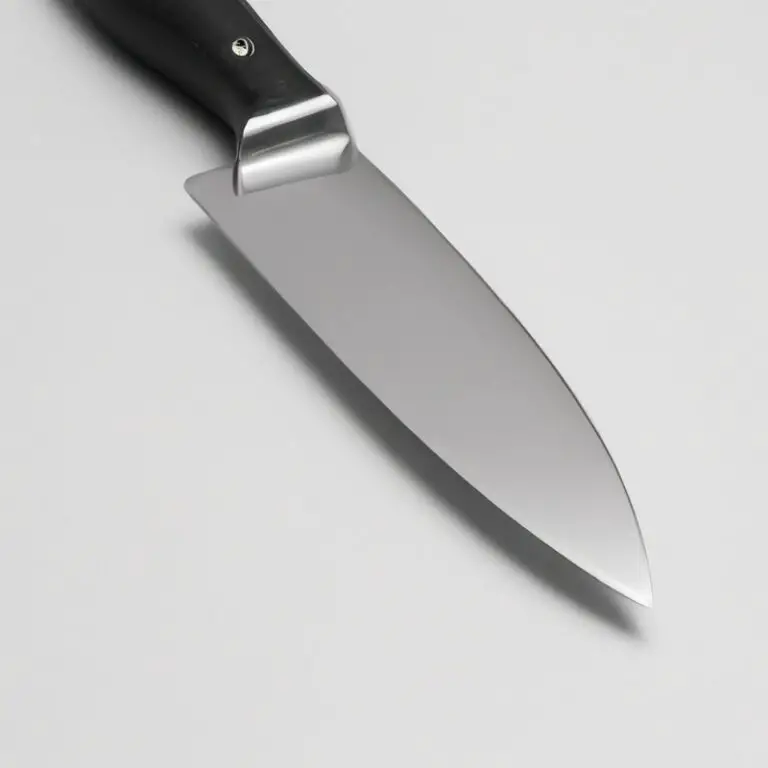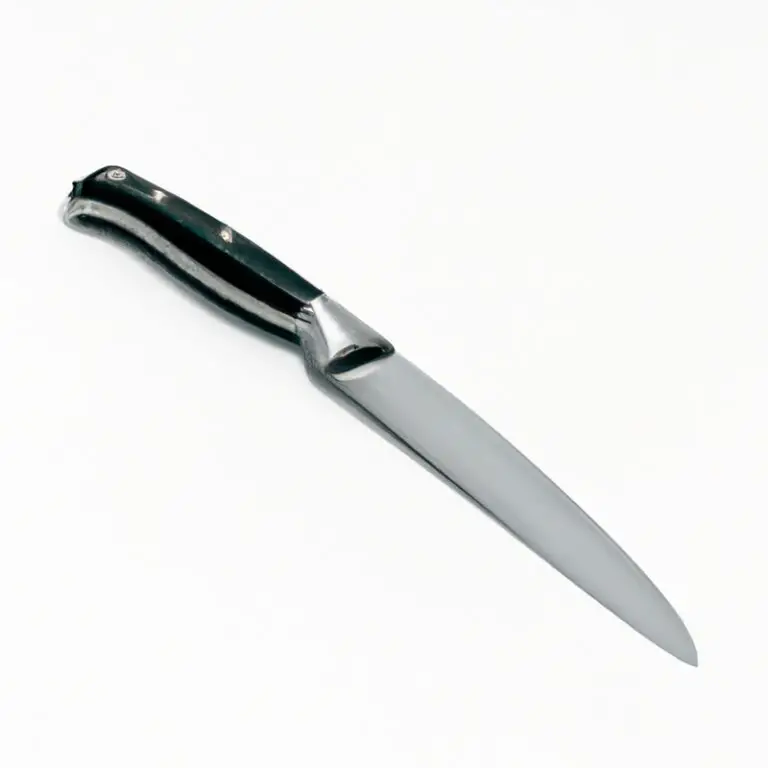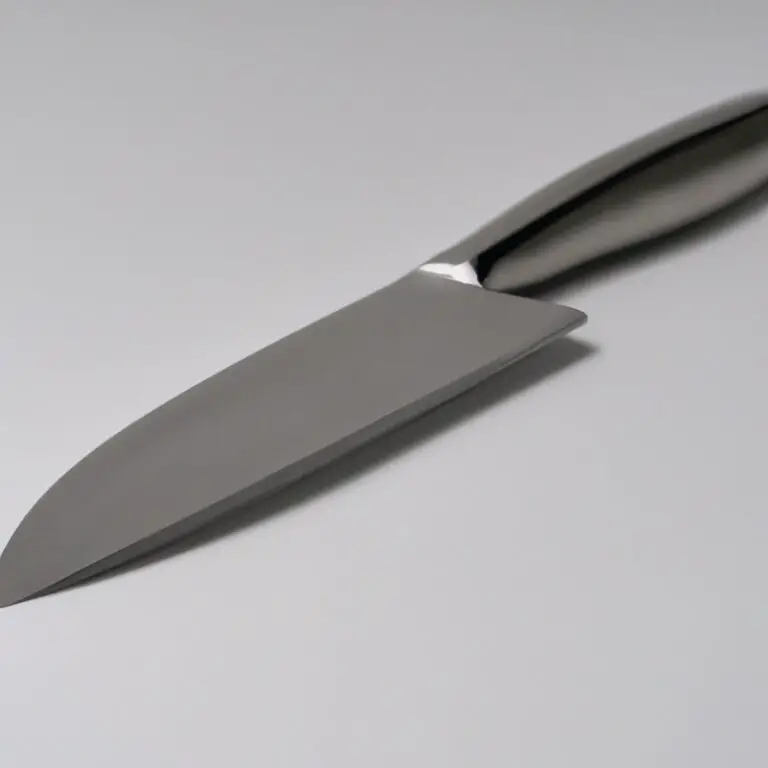How Often Should I Sharpen My Paring Knife? – Tips
Key Takeaways:
- Sharpening a paring knife frequently ensures precise cuts and reduces the risk of injury.
- The frequency of sharpening a paring knife depends on how often it is used and the type of food being cut.
- Signs that a paring knife needs sharpening include difficulty in making clean cuts and increased resistance when cutting through food.
- Regular maintenance and sharpening of kitchen knives is crucial for optimal performance and longevity.
Do you find yourself struggling to slice through delicate fruits and vegetables with your paring knife? If so, it’s probably time to sharpen it.
But how often is too often, and how do you know when it’s time?
As a seasoned chef, I’ve had my fair share of experience with paring knives, and I’m here to share my knowledge with you. In this article, we’ll explore the factors that determine how often you should sharpen your paring knife, the signs that it needs sharpening, and the various methods of sharpening and maintaining its edge.
By the end, you’ll be a paring knife sharpening pro!
| Frequency | Effectiveness | Ease of Maintenance |
| Daily | Sharp but wears out quickly | Time-consuming |
| Weekly | Maintains sharpness | Easy to manage |
| Monthly | Requires more effort to sharpen | Generally manageable |
| As Needed | Options vary depending on usage | May require professional sharpening |
Understanding the Importance of Sharp Paring Knives
Understanding the importance of sharp paring knives is crucial for any cook or chef. A sharp paring knife is not only safer to use but also makes food preparation more efficient and precise.
A dull paring knife requires more pressure to cut through food, which can result in slips and accidents.
Sharp paring knives enable you to achieve delicate cuts with minimal effort, creating neater and more visually appealing dishes. A paring knife’s sharpness can also enhance the flavors of the food by reducing damage to the ingredients, causing less exposure to oxygen and less loss of juices.
Additionally, a well-maintained paring knife can last longer and save you money in the long run.
It is vital to regularly sharpen and hone your knife to maintain its edge, as regular use can cause the blade to become dull, reducing its effectiveness and increasing the risk of accidents during food preparation. Overall, the importance of sharp paring knives is clear.
They are essential tools in any chef or home cook’s kitchen kit, and it is crucial to prioritize their maintenance and sharpening to ensure their efficiency and longevity.
Factors That Determine How Often You Should Sharpen Your Paring Knife
Factors that determine how often to sharpen your paring knife include the frequency of use, the quality of the knife, and the type of food that you cut. If you use your paring knife frequently, you will need to sharpen it more often.
A good quality knife made of high-carbon stainless steel holds an edge longer and requires less frequent sharpening than a cheaper knife made of lower quality materials.
Cutting harder foods, such as potatoes or carrots, will dull your knife faster than cutting softer foods like mushrooms or tomatoes. It is recommended to sharpen your paring knife every 2-3 months for frequent use, but this may vary depending on the above factors.
Regular honing can also extend the time between sharpening your knife.
Signs That Your Paring Knife Needs Sharpening
Signs That Your Paring Knife Needs Sharpening:
- Difficulty in cutting: If you’re struggling with cutting through fruits or vegetables, or your knife is crushing them instead of slicing, it’s a clear indication your paring knife needs sharpening.
- Blunt blade: Check the blade edge of your paring knife if it feels dull or uneven. Run your fingers along the flat side of the blade, and if you feel any irregularities or chips, it is time to sharpen the blade.
- Slipping blade: If you’re having trouble holding onto a slippery object and the blade feels like it’s slipping off, it’s usually because the edge is not sharp enough to grip.
- Worn-down tip: If the tip of your paring knife appears dull or rounded instead of pointy, it is an indicator that you need to sharpen your knife.
- Leaves behind jagged cut: If you notice tear marks or jagged edges on your fruits and vegetables, it’s time to sharpen the blade of your paring knife.
Remember, a sharp paring knife is essential for precise, efficient cooking. It not only makes your cooking easier but also keeps you safe from mishaps.
Therefore, it’s vital to address any signs of dullness as soon as you notice them.
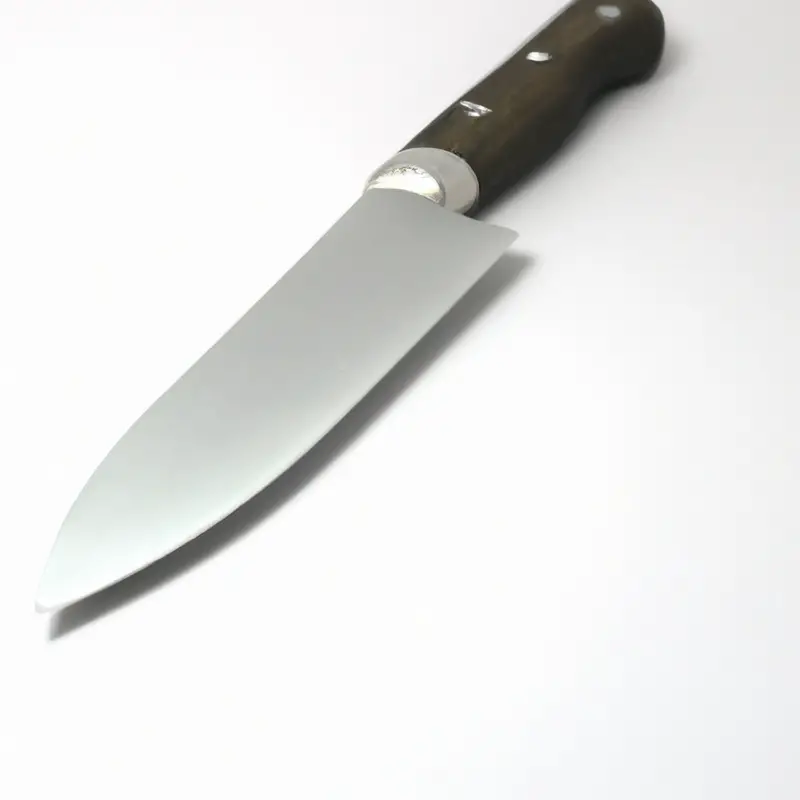
Manual vs. Electric Knife Sharpeners: Which Is Best for Your Paring Knife?
When it comes to sharpening a paring knife, you have two options: manual and electric knife sharpeners. Both have their pros and cons, and the choice depends on personal preference and usage.
Manual sharpeners are typically cheaper and portable, making them ideal for home use.
They require some skill to use but offer more control and precision, allowing you to sharpen your paring knife to your desired level. Manual sharpeners also work for all types of knives, including serrated knives.
Electric sharpeners, on the other hand, are fast and efficient, making them perfect for busy kitchens.
They offer convenience and consistency, ensuring that your paring knife always has a razor-sharp edge. However, electric sharpeners are more expensive and bulky than manual sharpeners, and they may not work with serrated blades.
In summary, if you’re looking for a cost-effective, portable, and precision-oriented option, go for a manual sharpener.
For speed, efficiency, and consistent results, choose an electric sharpener. Ultimately, the choice between the two comes down to personal preference and usage.
Steps to Sharpen Your Paring Knife with a Whetstone
Sharpening your paring knife with a whetstone is an effective way to ensure it stays sharp and functional. The following are steps to follow when sharpening your knife with a whetstone:
- Soak the whetstone in water for about 10 minutes before use.
- Place the stone on a non-slip surface such as a damp towel or rubber mat.
- Hold the blade at a 20-degree angle to the stone and slide it back and forth across the stone using light pressure.
- Repeat on the other side of the blade, maintaining the same angle and pressure.
- Repeat this process on the opposite side of the blade, alternating until the blade is sharp.
- Once you are satisfied with the edge, wipe the blade clean with a damp cloth or rinse it in water and dry it off.
It is important to note that the frequency of sharpening will vary based on usage and cutting surface. With proper technique and regular maintenance, your paring knife will stay sharp and ready for use.
Honing Your Paring Knife: How and When to Do It
Honing your paring knife is an essential step to maintain its sharpness. Unlike sharpening, honing doesn’t remove the metal from the blade, but it straightens it, which realigns the edge, restoring its sharpness.
You should hone your paring knife after every use by using a honing steel or stone.
Hold the honing steel vertically and angle the knife at a 20-degree angle. Starting at the base of the blade, draw the knife downwards and across the honing steel in an arc, applying only slight pressure.
It’s essential to hone your paring knife regularly to keep its edge, but if you notice that honing isn’t restoring the blade’s sharpness, it’s time to sharpen the knife.
Remember, honing doesn’t replace sharpening, so you still need to sharpen your paring knife as needed. In summary, honing your paring knife before each use is essential to maintain its sharpness.
It’s a quick and easy process that you can do with a honing steel or stone.
Just remember that honing doesn’t replace sharpening, so you still need to sharpen your knife as needed.
Tips to Maintain Your Paring Knife’s Edge Between Sharpenings
To maintain the sharpness of your paring knife between sharpenings, here are some easy tips:
- Use a cutting board: Always use a cutting board instead of cutting on hard surfaces like granite or metal, which can dull your knife’s edge.
- Clean your knife properly: After every use, clean your knife with warm water and mild dish soap. Avoid leaving it in the sink or dishwasher, as the blade can get scratched by other utensils.
- Dry your knife completely: Always dry your knife thoroughly after cleaning to prevent rust and corrosion.
- Store your knife safely: Store your knife in a safe and dry place, away from other utensils to prevent any damage to the blade’s edge. Consider using a knife sheath or knife block for storage.
- Use a honing rod: Using a honing rod can help maintain the sharpness of your knife’s edge by straightening the blade between sharpenings. Use it regularly to keep your knife sharp.
Following these tips will help extend the life of your paring knife’s sharp edge and reduce the frequency of sharpening.
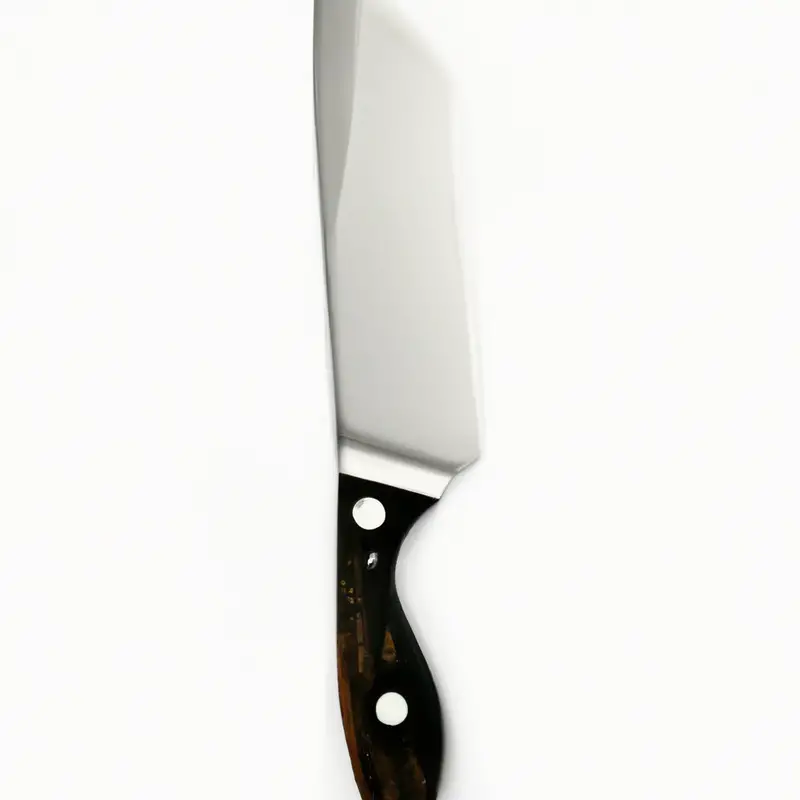
How Often Should You Take Your Paring Knife to a Professional for Sharpening?
For optimal performance, you should take your paring knife to a professional for sharpening every six months to a year. However, this timeline can vary depending on usage and quality of the knife.
If you frequently use your paring knife, you may need to sharpen it more often.
It’s also worth noting that a high-quality knife may not need professional sharpening as frequently as a lower quality one. Keep an eye out for signs of dullness and damage, and address them promptly to avoid further issues.
Remember that proper care and maintenance can help extend the lifespan of your paring knife, so invest in a good knife sharpener and hone the blade regularly to keep it sharp between sharpenings.
Storing Your Paring Knife to Protect Its Sharpness
Proper storage of your paring knife is essential in maintaining its sharpness. Here are some tips to store your paring knife safely and protect the blade:
- Always clean the blade of your paring knife before storing it.
- Use a knife sheath or blade guard to protect the blade from getting dull or chipped.
- Never store your paring knife in a drawer with other utensils. The blade can get damaged or cause injury when trying to retrieve it.
- Consider using a magnetic knife strip or knife block to keep your paring knife in a designated location and prevent it from coming into contact with other utensils.
- Store your paring knife in a dry place to avoid rusting and potential damage to the blade.
By following these tips, you can extend the life of your paring knife and keep it sharp for a longer period.
Final Verdict
Understanding the importance of a sharp paring knife and how to maintain its edge is crucial for any home cook or professional chef. By paying attention to the signs that indicate a dull blade and using the proper sharpening tools, such as a whetstone or an electric sharpener, you can extend your knife’s lifespan and ensure its optimal performance.
Remember to hone your blade regularly and store it properly to protect its sharpness.
Taking these steps will not only improve your cutting skills but also demonstrate your commitment to cooking with precision and excellence. Trust in the knowledge and expertise you’ve gained from this article, and let your sharp paring knife become an extension of your talent in the kitchen.

